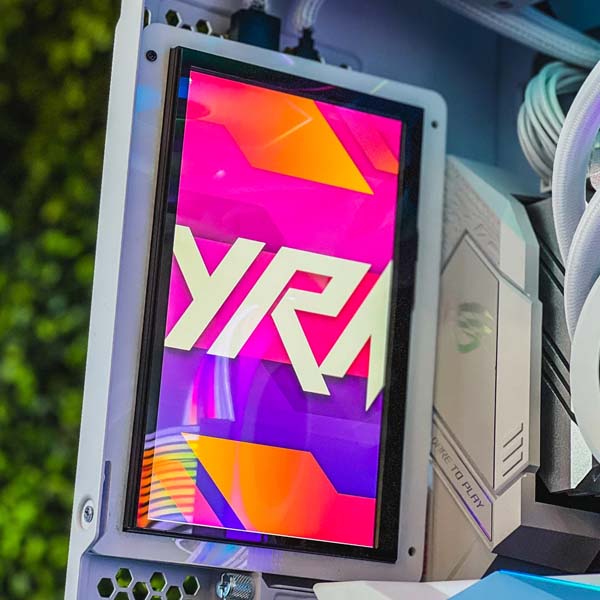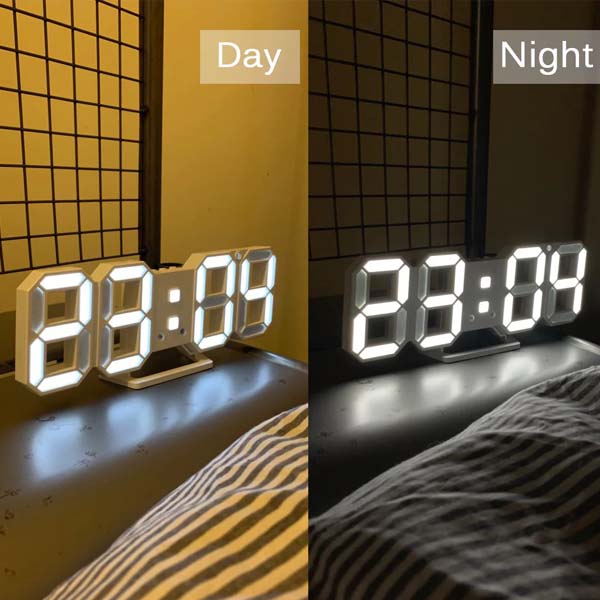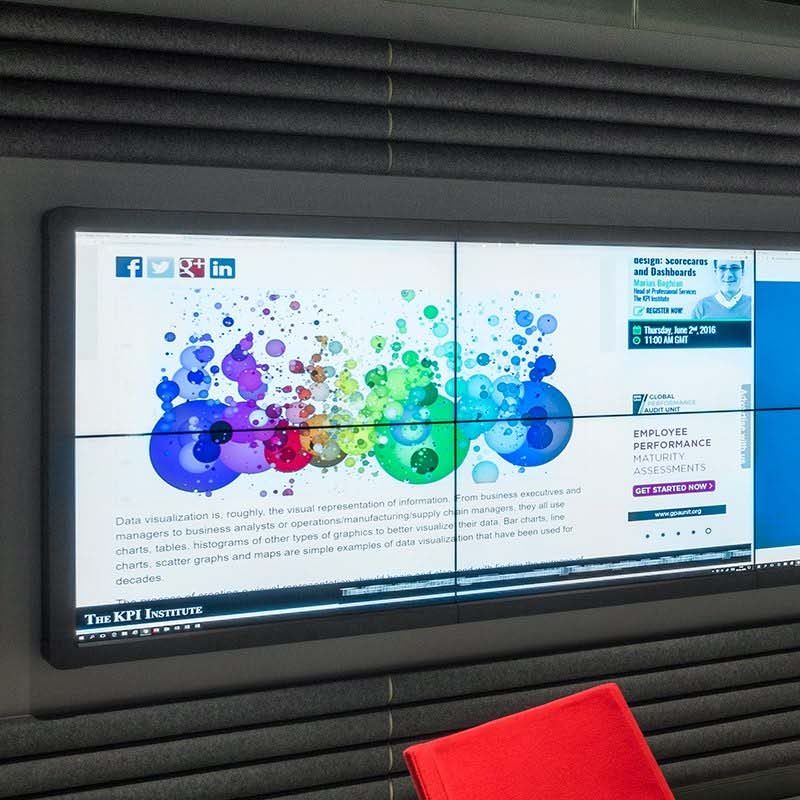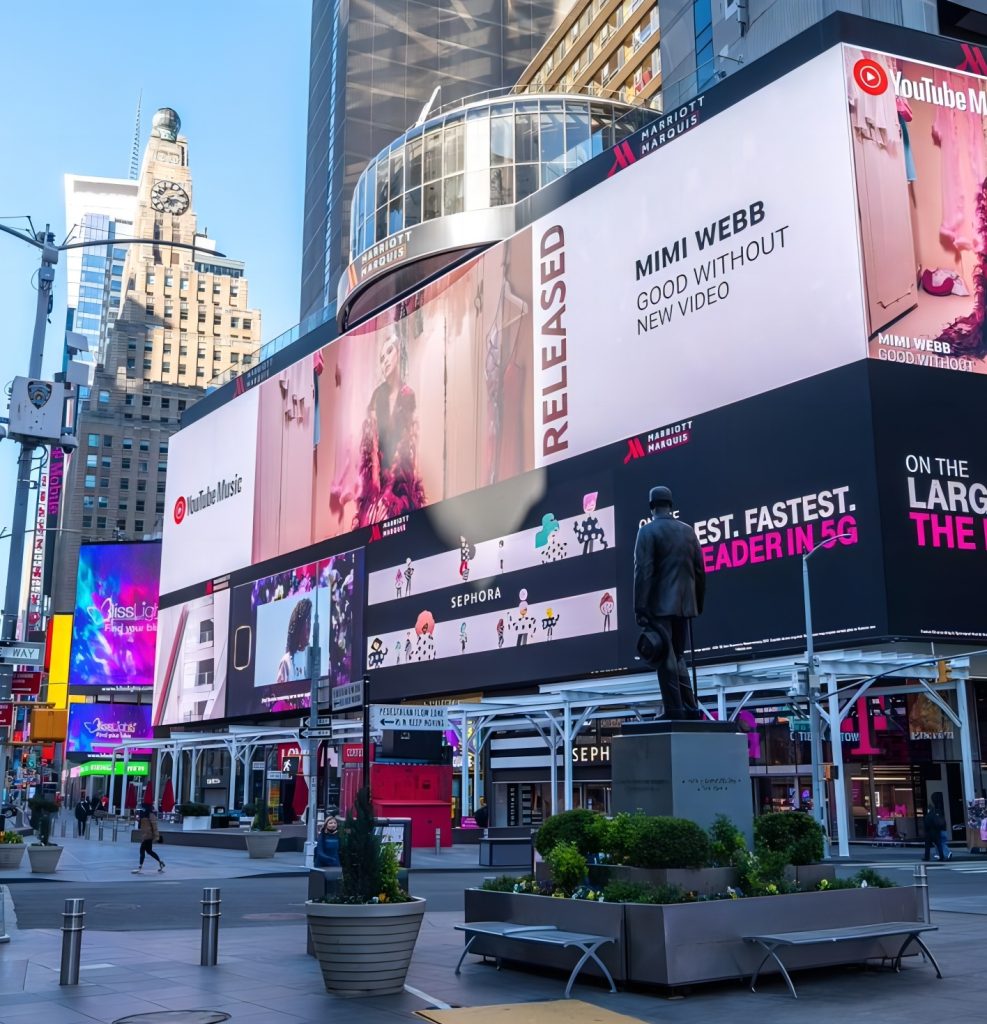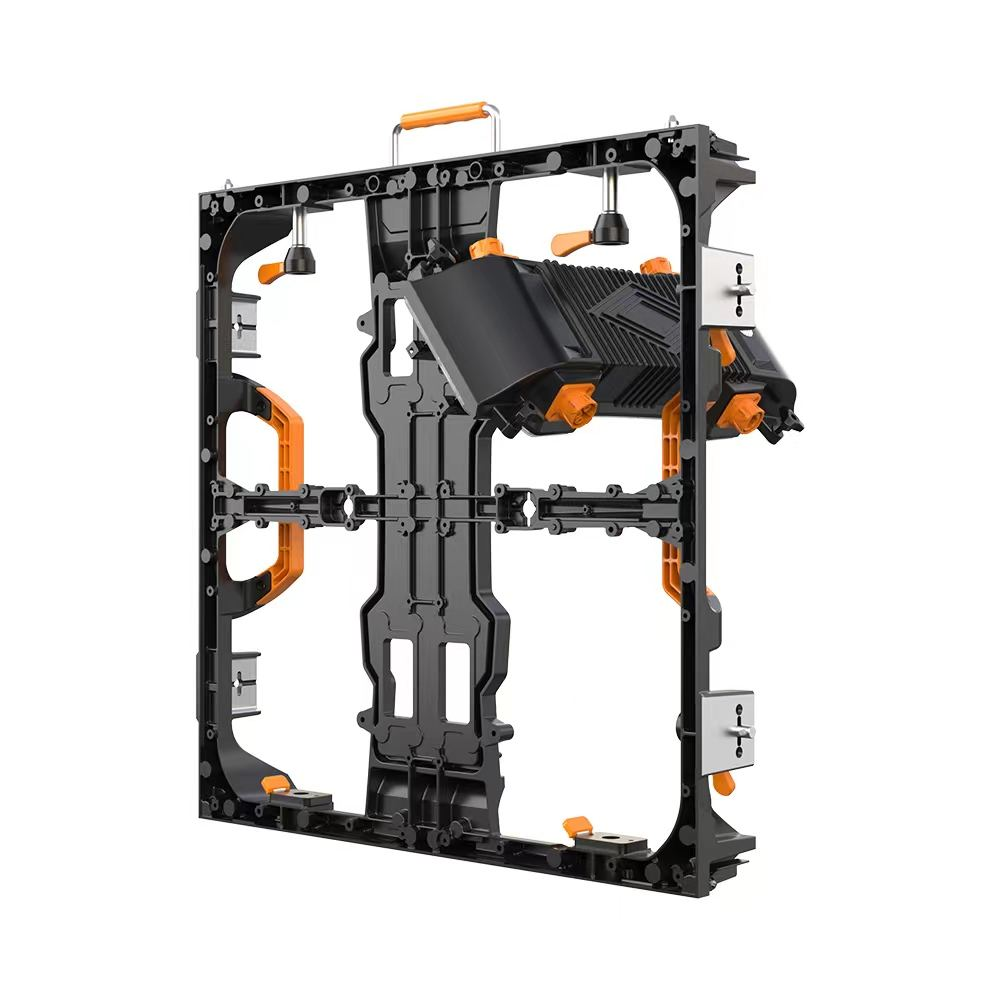Comprehensive Overview of Cube LED Displays: Technology, Applications, and Industry Insights
Cube LED displays represent a cutting-edge advancement in the realm of visual display technology, seamlessly blending immersive 3D presentation with the proven benefits of high-brightness LED panels. As the demand for more engaging, flexible, and high-impact digital signage solutions escalates globally, cube LED displays have emerged as a highly effective medium for delivering dynamic content in environments ranging from corporate spaces and entertainment venues to public installations and retail spaces.
Introduction to Cube LED Displays
Cube LED displays are a type of volumetric or three-dimensional (3D) display system composed of multiple LED panels configured in a cubic structure. Unlike traditional flat LED screens, cube LED displays create a spatial volume that allows visuals to be presented on multiple faces, often three to six, enabling viewers to experience content from various perspectives simultaneously.
This configuration not only maximizes visibility but also enhances viewer engagement by creating a visually arresting and immersive experience. These displays can be architectural, freestanding, or modular, and are widely used in marketing, exhibitions, broadcasting studios, retail environments, event stages, and interactive public communication.
Technical Foundations of Cube LED Displays
LED Technology and Panel Configuration
At their core, cube LED displays utilize high-brightness LEDs typically based on SMD (Surface-Mounted Device) technology or sometimes DIP (Dual In-line Package) LEDs for ultra-high brightness requirements. The panels are arranged to form a cube or cuboid, with each face functioning as a discrete LED display unit.
Common pixel pitches range from P1.25mm to P10mm depending on viewing distance and resolution requirements. Fine pitch LED modules (P1.5mm–P3mm) are often used for showroom or close viewing environments, whereas larger pitch modules suit outdoor or large venue use.
High Brightness and Sunlight Readability
Given that many cube LED displays are designed for environments with challenging lighting conditions, including direct sunlight, the use of LEDs with brightness levels of 5,000 nits or higher is standard. This ensures excellent visibility, vibrant colors, and high contrast ratios. Additionally, the hardware incorporates anti-reflective and protective coatings to maintain clarity while providing durability against environmental exposure.
3D Visualization and Content Mapping
To deliver content across multiple faces of the cube seamlessly, advanced processing units are integral to cube LED display solutions. These involve video processors or media servers capable of real-time content mapping, geometric correction, and synchronization. Some advanced systems support stereoscopic 3D content or hologram-like visualizations, achieved through precise pixel coordination and specialized content design.
Applications of Cube LED Displays
Advertising and Retail
Cube LED displays are highly effective in the retail and advertising sectors as they captivate passerby attention far more than flat screens. Their multi-angle visibility is ideal for mall centers, flagship stores, and outdoor billboards. For instance, global brands leverage cube displays for product launches and promotional campaigns, leveraging their dynamic and eye-catching nature to boost customer engagement.
Event Production and Entertainment
In the entertainment industry, cube LED displays add a futuristic aesthetic for concert stages, television studios, and exhibitions. They can be suspended, integrated into stage design, or used as standalone features. Their ability to display synchronized visual effects on multiple faces creates a stunning visual experience for live audiences and broadcasts alike.
Architectural and Public Installations
Architectural projects increasingly incorporate cube LED displays into building facades or public spaces. These installations serve as digital landmarks, providing real-time information, artistic content, or interactive visualizations. Their robust design ensures weatherproof performance in outdoor environments, complying with IP65 or higher standards where necessary.
Corporate and Institutional Communication
For corporate environments and museums, cube LED displays present an innovative platform for wayfinding, branding, and informational purposes. Multiple display faces allow parallel broadcasting of distinct yet related data or content streams, supporting multi-lingual and multi-format communication strategies.
Advantages of Cube LED Displays
Immersive and Multi-Angle Viewing Experience
The defining advantage lies in their 3D volumetric form factor, which breaks free from the constraints of flat surfaces. This allows content to be visible from all sides, improving interaction and engagement. For example, retail customers can view product advertisements regardless of their position, maximizing exposure.
Flexibility and Customization
Manufacturers offer modular cube LED designs that can be customized in size, resolution, and brightness to fit specific applications. The cube’s structure can be configured in multiple sizes, from small desktop units used for demonstration and advertising to large-scale installations covering entire plazas.
High Brightness and Durability
Using high-quality LED modules ensures exceptional brightness and color fidelity. Often deploying certified LEDs (e.g., Nichia, Cree), these displays maintain reliable performance under harsh ambient lighting and environmental conditions. Industry standards such as IEC 60529 for ingress protection safeguard against dust and moisture.
Efficient Maintenance and Scalability
The modular design of cube LED displays enables straightforward maintenance, as individual panels can be replaced or serviced without affecting the entire structure. Their scalability supports incremental expansion or reconfiguration, which is critical for evolving public or commercial spaces.
Common Challenges and Solutions
Heat Dissipation
LED components generate significant heat, particularly in densely packed cubic structures. Without effective thermal management, performance degrades and lifespan shortens. Manufacturers combat this by integrating advanced heat sinks, active cooling solutions such as fans or liquid cooling, and ensuring adequate ventilation within the cube housing.
Complex Content Creation
Creating engaging and seamless 3D content compatible with multiple viewing angles requires specialized video production skills and software. This often necessitates investment in proprietary content management systems and 3D rendering tools, as well as collaboration between engineers, designers, and marketers.
Installation Logistics
The physical installation of cube LED displays, especially large-scale units, demands meticulous planning concerning structural support, electrical integration, and safety compliance (e.g., OSHA standards in the US or EN standards in Europe). Professional installation teams with expertise in rigging and display setup are essential.
Latest Trends and Innovations
Interactive Cube LED Systems
Recent iterations incorporate touch interactivity and sensor technologies such as motion tracking, voice recognition, and augmented reality (AR) elements. This elevates cube LED displays from passive visual devices to interactive communication hubs, enhancing user engagement in public spaces and exhibitions.
Energy Efficiency and Sustainability
Improvements in LED efficiency, coupled with smart brightness control algorithms, contribute to lower power consumption — an important consideration in large public installations. Additionally, materials used in cube manufacturing are evolving to prioritize recyclability and lower environmental impact.
Integration with IoT and Smart Systems
Cube LED displays increasingly connect with Internet of Things (IoT) networks, enabling remote monitoring, predictive maintenance, and dynamic content changes based on analytics and environmental conditions. For example, brightness or content can automatically adapt according to ambient light or audience data.
Conclusion
The cube LED display is an innovative visual communication technology that pushes the limits of traditional LED display solutions by introducing volumetric, multi-surface presentations. Backed by advancements in LED brightness, modular design, and content processing, these displays offer versatile applications across advertising, entertainment, architecture, and corporate sectors.
While certain challenges such as heat management and content complexity persist, ongoing innovations in interactivity, energy efficiency, and connectivity are continually enhancing their capabilities and appeal. For brands, public institutions, and creators seeking to make a bold visual impact, cube LED displays represent a compelling avenue to deliver unforgettable experiences to diverse audiences worldwide.
References and Authoritative Sources
- International Electrotechnical Commission. IEC 60529 – Degrees of protection provided by enclosures (IP Code). https://webstore.iec.ch/publication/2456
- LED Professional. “High Brightness and Sunlight Readable LED Displays” (Industry Whitepaper), 2023.
- Popovic, L., “Volumetric Displays and the Visual Experience: A Review,” Journal of Display Technology, 2022.
- Wikipedia contributors, “LED display,” Wikipedia, The Free Encyclopedia, https://en.wikipedia.org/wiki/LED_display
- AVIXA, The Audiovisual and Integrated Experience Association, ‘‘Best Practices for Installation and Maintenance of LED Video Walls,’’ 2023.
- Case Study: “Cube LED Displays for Retail Environments,” Samsung Electronics, 2022.
- Smith, R., “Trends in 3D LED Display Technologies,” DisplayWeek, SID, 2023.
© 2024 Cube LED Display Technologies Inc. All rights reserved.

